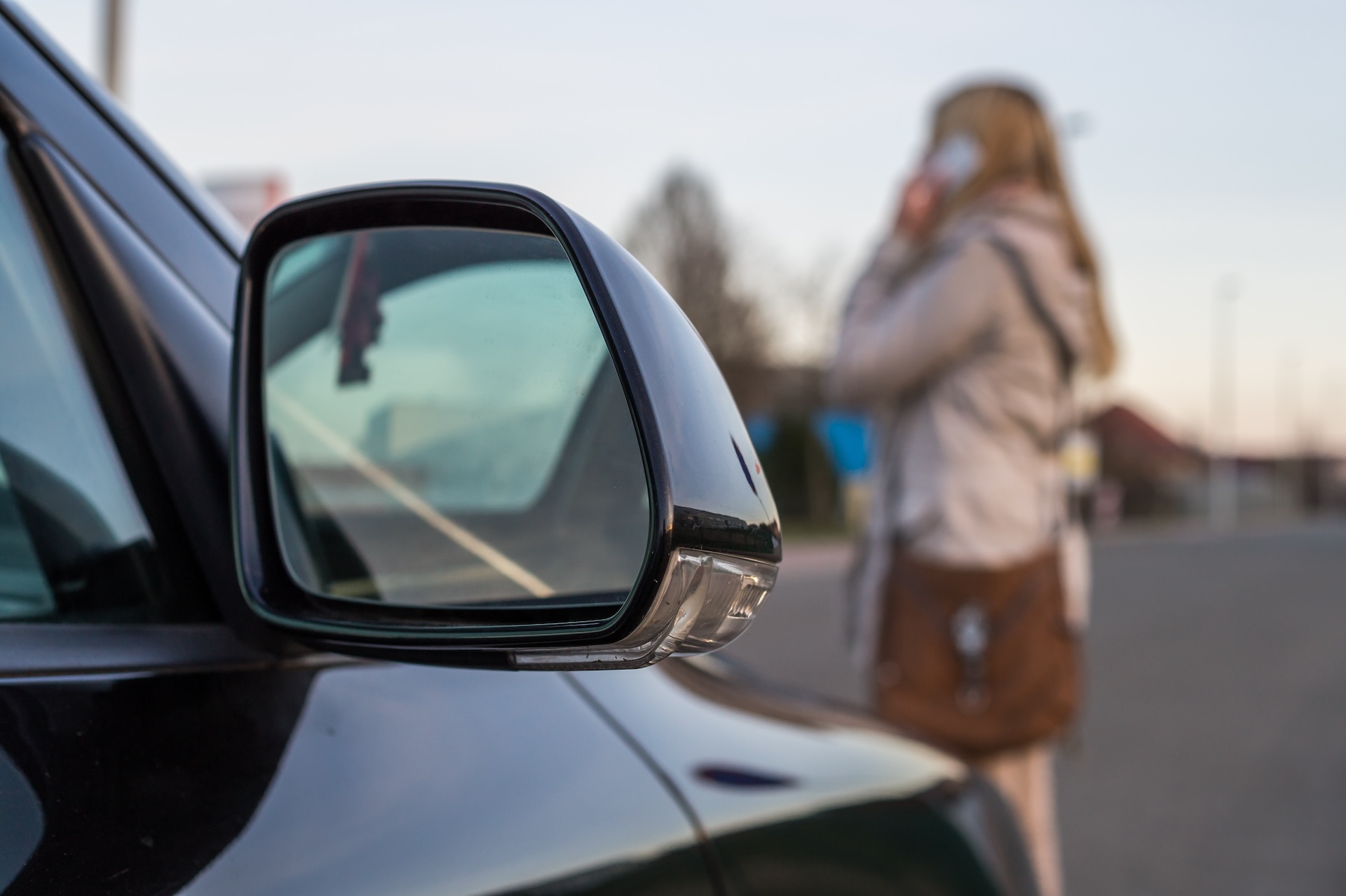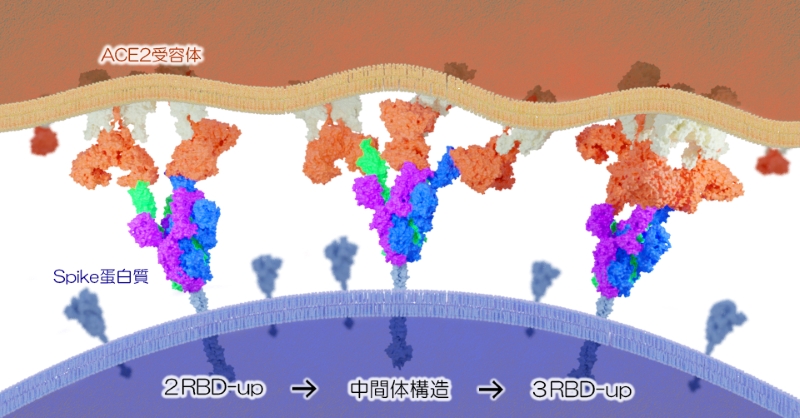2024-10-08 カナダ・ブリティッシュコロンビア大学(UBC)

Photo credit: arborpulchra on Adobe Stock
<関連情報>
- https://news.ubc.ca/2024/10/texting-while-walking-puts-pedestrians-in-danger/
- https://www.sciencedirect.com/science/article/abs/pii/S0001457524003348?via%3Dihub
歩行中の注意散漫: 歩行者と車の相互作用行動に影響はあるか? Distracted Walking: Does it impact pedestrian-vehicle interaction behavior?
Tala Alsharif, Gabriel Lanzaro, Tarek Sayed
Accident Analysis & Prevention Available online: 18 September 2024
DOI:https://doi.org/10.1016/j.aap.2024.107789
Highlights
- The behavioral dynamics of distracted and non-distracted pedestrians are evaluated.
- The approach utilized Multi-agent Adversarial Inverse Reinforcement Learning.
- Distracted pedestrians were closer to vehicles and moved at reduced speeds.
- Non-distracted pedestrians generally executed safer maneuvers and yielded more.
- Non-distracted interactions showed a 46.5% decrease in traffic conflict severity.
Abstract
Several studies have developed pedestrian-vehicle interaction models. However, these studies failed to consider pedestrian distraction, which considerably influences the safety of these interactions. Utilizing data from two intersections in Vancouver, Canada, this research uses the Multi-agent Adversarial Inverse Reinforcement Learning (MA-AIRL) framework to make inferences about the behavioral dynamics of distracted and non-distracted pedestrians while interacting with vehicles. Results showed that distracted pedestrians maintained closer proximity to vehicles, moved at reduced speeds, and rarely yielded to oncoming vehicles. In addition, they rarely changed their interaction angles regardless of lateral proximity to vehicles, indicating that they mostly remain unaware of the surrounding environment and have decreased navigational efficiency. Conversely, non-distracted pedestrians executed safer maneuvers, kept greater distances from vehicles, yielded more frequently, and adjusted their speeds accordingly. For example, non-distracted pedestrian-vehicle interactions showed a 46.5% decrease in traffic conflicts severity (as measured by the average Time-to-Collision (TTC) values) and an average 30.2% increase in minimum distances when compared to distracted pedestrian-vehicle interactions. Vehicle drivers also demonstrated different behaviors in response to distracted pedestrians. They often opted to decelerate around distracted pedestrians, indicating recognition of potential risks. Furthermore, the MA-AIRL framework provided different results depending on the type of interactions. The performance of the distracted vehicle–pedestrian model was lower than the non-distracted model, suggesting that predicting non-distracted behavior might be relatively easier. These findings emphasize the importance of refining pedestrian simulation models to include the unique behavioral patterns from pedestrian distractions. This should assist in further examining the safety impacts of pedestrian distraction on the road environment.


